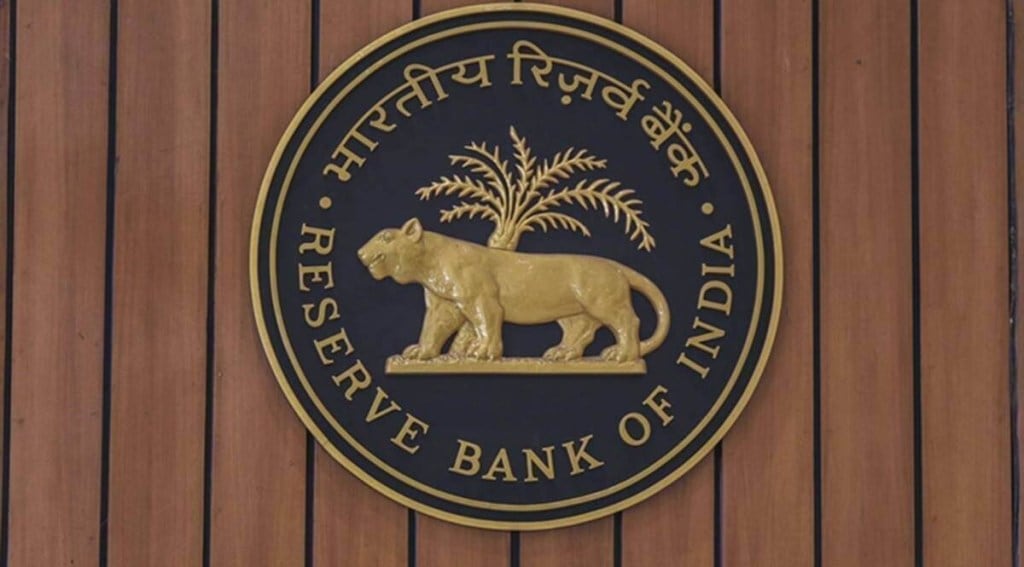As the MPC meets to discuss and finalise its call on monetary policy, it would be bracing for a world quite different from its last meeting in early February. Russia’s invasion of Ukraine and the sanctions imposed on the former’s trade and finance might have injected layers of uncertainties into the years and decades ahead. These uncertainties will fester as the war protracts and morphs into unbearable risks—short-, medium- and long-term. The MPC couldn’t have anticipated such a geopolitical tail risk to materialise so soon and magnify to such proportions.
In the February meeting, it had expected a sharp fall in Omicron cases, leading to faster normalisation, mitigation of supply interruptions and inflation alleviation. Accordingly, the RBI’s one-year ahead inflation forecast was an outlier—completely misaligned with market expectations but consistent with its own belief that the output gap was large and closing at a slow pace. It saw no evidence of the high core-inflation persistence impacting either wages or housing rentals, and was determined to stay the course, i.e., stay “lower for longer” to support the nascent recovery in taking firm roots. Unfortunately, things have turned adverse.
Certainly, the MPC will look into the most immediate short-term risks originating from the rising global prices of commodities, especially oil, and supply-chain breakages, which are very likely to force an upward revision to the one-year ahead inflation forecast and possibly, some lowering of FY23 GDP growth projection. MPC members will debate if there are merits in treating these developments as pure supply shocks, as was communicated by Deputy Governor Michael Patra in his speech (March 11). The more critical discussion will be if they can look through these supply shocks, hoping if the war ends sooner and normalcy restores faster with some government support in supply-management, they could anchor inflation back to the corridor. How prudent will it be if the MPC decides to stay put?
Implicit in such a decision would also be the ignoring of medium-term risks from a weaker rupee on account of faster monetary policy normalisation in advanced economies or a dramatic slowdown in world trade. Should the MPC wait until such risks materialise or act in anticipation? For example, if Indian exports were to slow down sharply in the course of next 3-4 quarters, the exchange rate could come under pressure because of current account deficit widening far more than foreseen. Exchange rate pressures could also originate from the capital account side due to faster interest rate hikes by the US Federal Reserve and other advanced country central banks. Should the MPC not factor in such risks, instead of expecting RBI to use up its reserves to prevent exchange rate passthrough? And how prudent would it be for the central bank disallowing the rupee to absorb the shock, albeit gradually, rather than wait for the pressure to become unbearable?
Then there’s the insurmountable global debt overhang; no one knows how it is going to unwind. The strong consensus in international financial markets is that central banks will be unable to raise interest rates beyond a threshold point as that could trigger a meltdown of debt and possibly a global recession, and therefore, a tail risk. But ignoring a tail risk could be a high-risk proposition as the world is seeing in the battle fields of Ukraine. Freezing of Russia’s dollar reserves has sent shockwaves across financial markets; its consequences for long-term debt financing remain least analysed. The world may soon internalise the reality of fragmented global currency markets resulting in unmitigable pressure upon interest rates.
What then should the MPC do? Since RBI’s revision to its one-year ahead inflation forecast is unlikely to be above the corridor, the committee could very well decide to stay the course, maintaining the accommodative stance, but possibly normalising the reverse repo rate. That would be against the consensus amongst most market participants. But should it decide to recalibrate its monetary policy stance to neutral, the market would be keen to read signals if it is preparing to change gears for tightening policy and a rate hike at the June 2022 review meeting. Since the RBI Governor and MPC chairman had underlined the changes would be well telegraphed, the market would focus on a clear communication if growth remains an overriding concern.
Here is a word of caution for the MPC. Central banks the world over, especially those operating under inflation targeting frameworks, have been riding an inflation bear over the last three decades or more. Their inflation forecast models have inherent downward biases, which could result in large forecast errors under heightened global uncertainties. The US Federal Reserve, for example, remained in complete denial of such errors until it got completely overwhelmed. Since inflation targeting is essentially inflation forecast targeting, such errors could lead to expectations getting de-anchored.
RBI’s inflation bear lies in the forecast of a modest increase in food prices. But diesel pump prices have been ticking up alongside the massive adjustment of prices for bulk consumers. One is not sure how much fiscal space is left for future cuts in petroleum product taxes. Leaving aside fertiliser prices that are subsidised, other input costs are also rising, including transportation. Conditions are ripe for cost-push price adjustments. Any uncertainty about monsoons could light the fire, just as it did in October 2019.
It bears emphasising that the timing of the shift to inflation targeting framework in 2014 turned out to be fortuitous as the world commodity cycle turned favourable to India, which benefitted enormously from the unprecedented and large terms-of-trade gains that coincided with a significant moderation in inflation. The cycle has now turned against the economy. Maintaining macroeconomic stability will be put to an acid test under such trying conditions. At stake is the credibility of the inflation targeting regime itself!
The author is New Delhi-based macroeconomist


